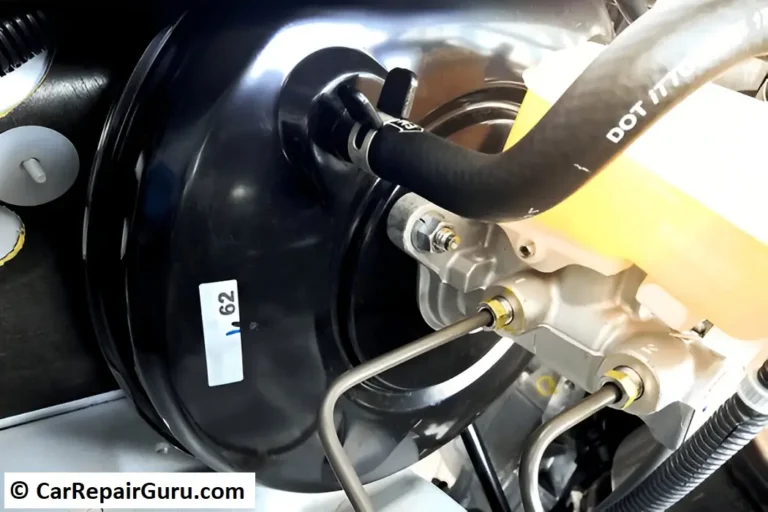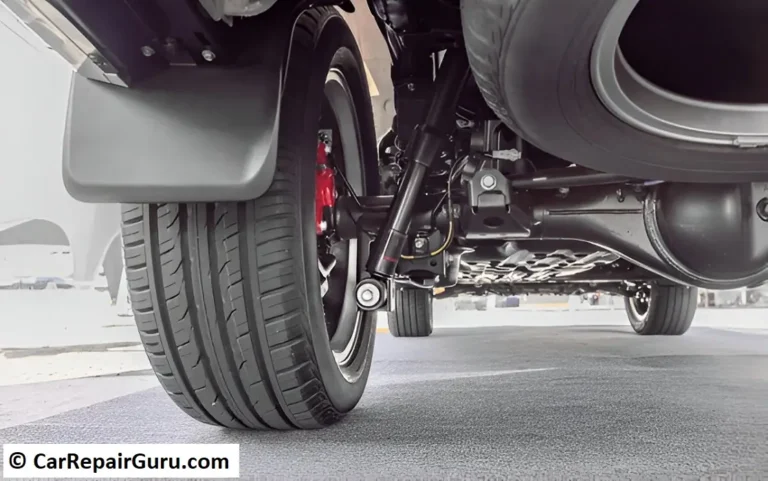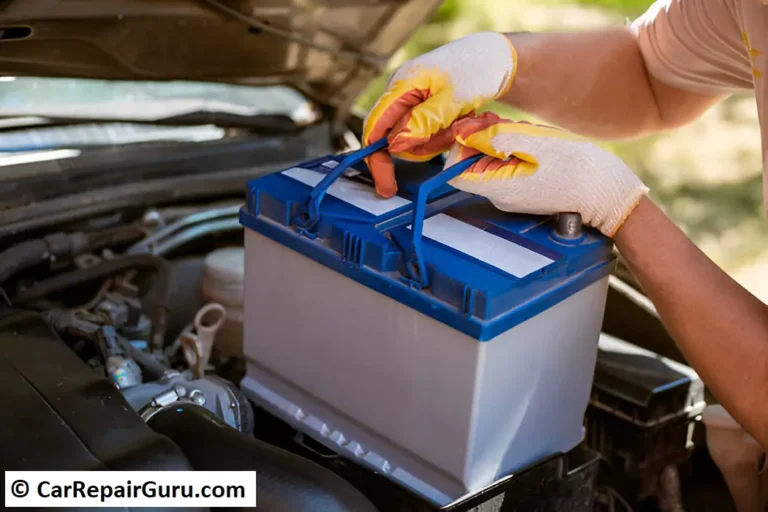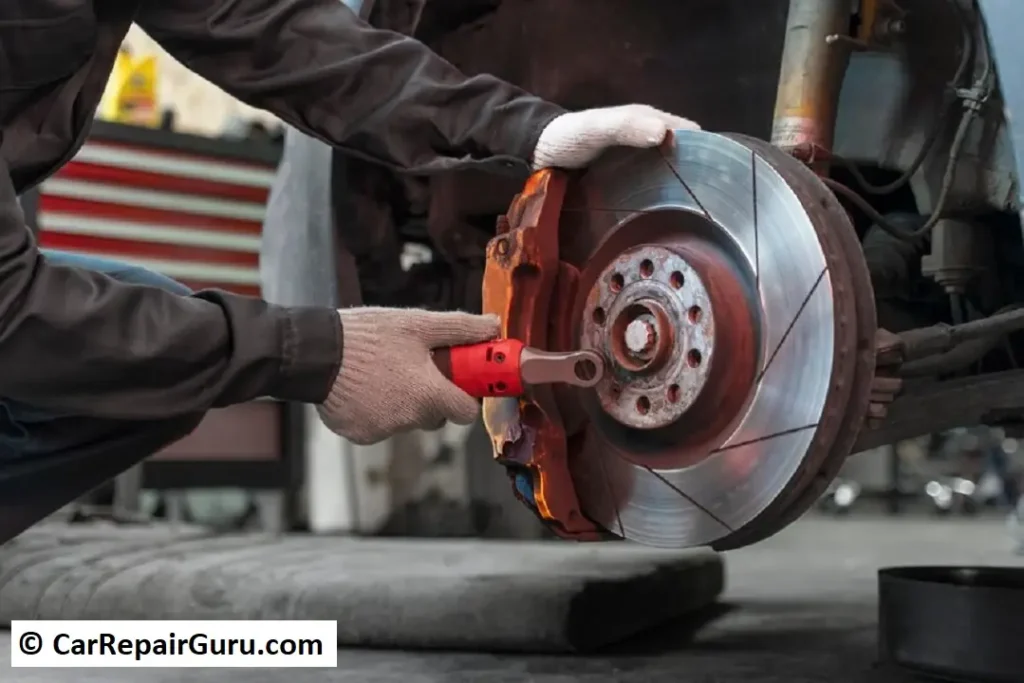
Anti-lock Braking systems (ABS) are a cornerstone of modern vehicle safety, playing a crucial role in preventing accidents by ensuring optimal braking performance. This comprehensive guide delves into the intricacies of ABS, explaining its functionality, benefits, and importance for drivers.
What is an Anti-lock Braking System (ABS)?
An Anti-lock Braking System, often abbreviated as ABS, is an advanced safety feature designed to prevent a vehicle’s wheels from locking up during hard braking. Locking occurs when a wheel completely stops rotating while the vehicle is still in motion, leading to a loss of steering control and increased stopping distances. ABS intervenes to prevent this dangerous scenario, allowing drivers to maintain control and maneuver safely.
How Does ABS Work?
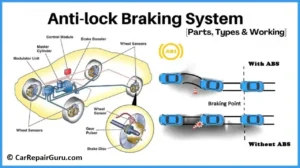
The core principle behind ABS lies in its ability to rapidly modulate brake pressure on individual wheels. It achieves this through a sophisticated network of components, including:
- Wheel Speed Sensors: These sensors continuously monitor the rotational speed of each wheel, providing crucial data to the ABS control unit.
- ABS Control Unit: This electronic brain receives data from the wheel speed sensors and analyzes it in real time. When it detects an impending wheel lock-up (a sudden drop in wheel speed), it activates the ABS modulator.
- ABS Modulator: This hydraulic component regulates the brake fluid pressure delivered to each wheel. Upon receiving signals from the control unit, it rapidly adjusts the pressure to prevent wheel lock-up.
The ABS Cycle: A Step-by-Step Breakdown
- Brake Application: When the driver applies the brakes firmly, the ABS system continuously monitors wheel speed.
- Wheel Lock-up Detection: If the system detects a rapid deceleration in a wheel, indicating an impending lock-up, it signals the ABS modulator.
- Pressure Modulation: The ABS modulator rapidly reduces brake fluid pressure to the affected wheel, allowing it to regain rotational speed.
- Pressure Restoration: Once the wheel regains sufficient speed, the modulator restores brake pressure to maintain braking force.
- Cycle Repetition: This cycle of pressure reduction and restoration repeats multiple times per second, ensuring optimal braking performance and preventing wheel lock-up.
Benefits of Anti-lock Braking Systems (ABS)

The implementation of ABS technology has revolutionized vehicle safety, offering drivers numerous benefits:
- Enhanced Steering Control: By preventing wheel lock-up, ABS enables drivers to maintain steering control during emergency braking, allowing them to steer around obstacles and avoid collisions.
- Reduced Stopping Distances: Contrary to common misconceptions, ABS can actually shorten stopping distances, especially on slippery surfaces. This is because rolling wheels provide better traction than locked wheels.
- Increased Vehicle Stability: ABS helps maintain vehicle stability during hard braking, preventing dangerous skids and spin-outs.
Importance of ABS in Different Driving Conditions
The benefits of ABS become even more pronounced in challenging driving conditions:
- Wet Roads: On wet surfaces, tires have less grip, making wheel lock-up more likely. ABS helps drivers maintain control and stability in these slippery conditions.
- Icy Roads: Ice poses a significant challenge for drivers, as it drastically reduces tire traction. ABS becomes crucial in these conditions, helping drivers avoid skids and maintain control.
- Loose Gravel: Loose gravel can also lead to wheel lock-up, especially during hard braking. ABS helps drivers maintain control and stability on these unpredictable surfaces.
ABS vs. Traditional Braking Systems
The key differentiator between ABS and traditional braking systems lies in their response to wheel lock-up:
- Traditional Systems: Without ABS, drivers need to manually modulate brake pressure to prevent wheel lock-up, a technique known as “threshold braking.” This requires significant skill and experience, making it difficult for most drivers to execute effectively in emergency situations.
- ABS-Equipped Systems: ABS automates this process, rapidly and precisely adjusting brake pressure to prevent wheel lock-up, even in panic braking scenarios. This technology empowers drivers of all skill levels to brake safely and effectively.
Common Misconceptions about ABS
Despite its proven safety benefits, there are some common misconceptions surrounding ABS:
- ABS Makes Stopping Distances Longer: This is a myth. In reality, ABS can shorten stopping distances, especially on slippery surfaces, by ensuring optimal tire grip.
- ABS is Only Useful in Emergency Situations: While ABS is particularly valuable during emergency braking, it also provides benefits in everyday driving situations by enhancing stability and control.
FAQs about Anti-lock Braking Systems
Q: How do I know if my car has ABS?
A: Most modern vehicles come equipped with ABS as a standard feature. You can typically find an “ABS” indicator light on your dashboard.
Q: Do I need to pump the brakes if my car has ABS?
A: No. With ABS, you should apply firm and steady pressure to the brake pedal. Pumping the brakes can actually interfere with the ABS system’s operation.
Q: Can ABS fail?
A: Like any complex system, ABS can experience malfunctions. If your ABS warning light illuminates, it’s crucial to have your vehicle inspected by a qualified mechanic.
Conclusion
Anti-lock Braking Systems have become an indispensable safety feature in modern vehicles, significantly enhancing driver control and reducing accident risks. By understanding how ABS works and its benefits, drivers can make more informed decisions behind the wheel, promoting safer roads for everyone.
Key Points to Remember
- ABS prevents wheel lock-up during hard braking, maintaining steering control and stability.
- ABS can shorten stopping distances, especially on slippery surfaces.
- ABS is beneficial in all driving conditions but particularly crucial in adverse weather.
- Never pump the brakes on a vehicle equipped with ABS.
- If your ABS warning light comes on, seek immediate inspection by a qualified mechanic.
Get Your Brakes Checked
Is your ABS ready for unexpected situations? Schedule a brake system inspection today to ensure your safety on the road.

